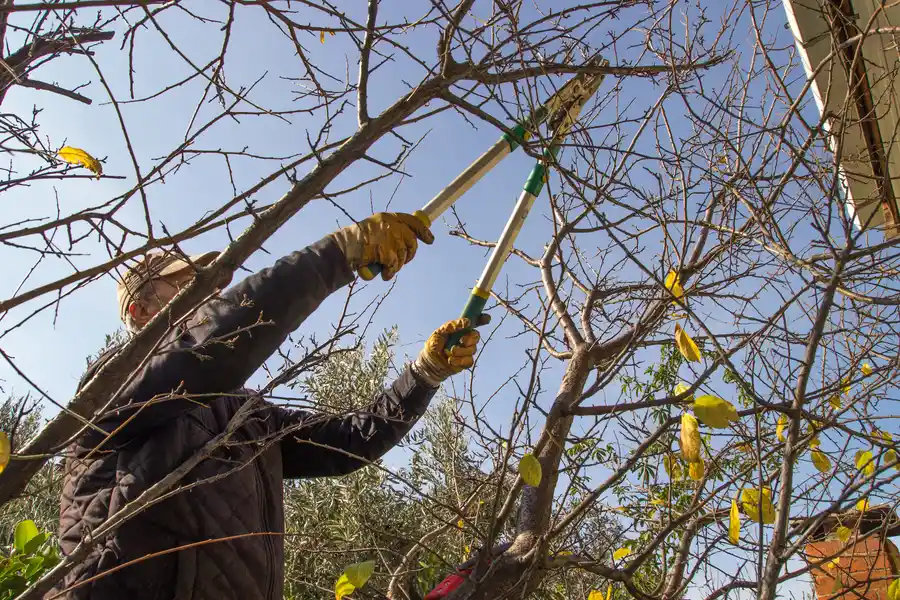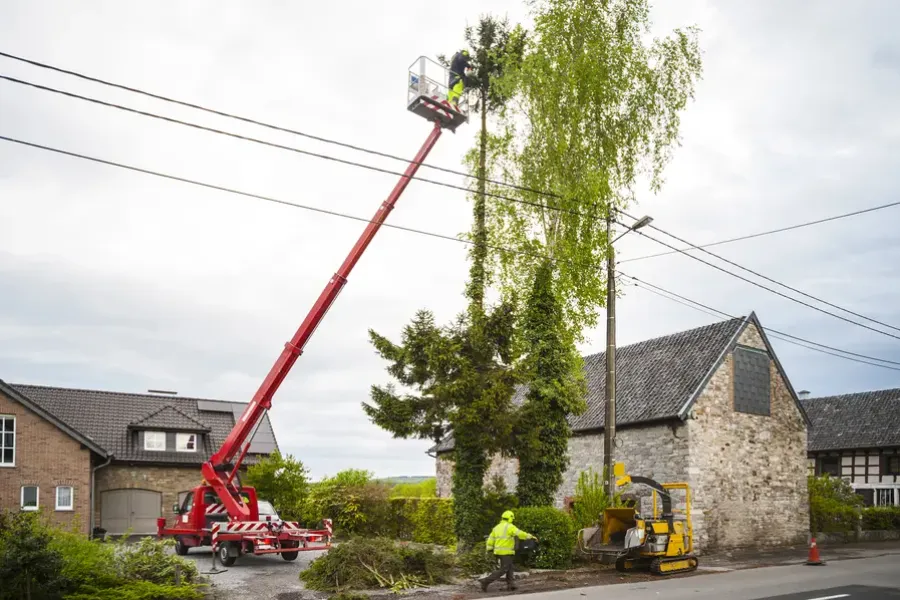The Importance of Regular Maintenance for Healthy Trees
Trees play a vital role in our environment, providing shade, oxygen, and beauty. However, they are also susceptible to diseases that can harm or even kill them. Regular maintenance, such as trimming, is crucial for disease prevention. Keeping trees healthy ensures they continue to benefit our surroundings and communities. Understanding why tree trimming helps prevent disease will empower you to care for your trees effectively.
Understanding How Diseases Affect Trees
Diseases in trees can stem from various sources, including fungi, bacteria, and viruses. These pathogens can spread quickly through the branches and leaves, leading to decay and potentially irreversible damage. Infected trees may show signs like wilting leaves, discolored bark, and stunted growth. Without proper intervention, these issues can escalate, affecting not only the tree but also neighboring plants.
Benefits of Pruning to Combat Disease
Pruning involves cutting away diseased or overgrown branches. This process improves air circulation within the tree’s canopy, reducing the chances of fungal infections. By removing affected areas promptly, you stop disease spread. Additionally, pruning encourages new growth by allowing sunlight to penetrate more deeply into the foliage, fostering a healthier environment for the entire tree.
How Tree Trimming Promotes Tree Health
Tree trimming serves as a preventive measure against diseases. By keeping your trees well-trimmed, you enhance their structural integrity. Properly trimmed trees are less likely to suffer breakage during storms, which reduces wounds where pathogens could enter. Regular inspection and trimming also allow early detection and management of potential problems before they become severe.
Steps for Effective Tree Care
- Inspect your trees regularly for signs of disease or damage.
- Trim dead or infected branches at least once a year.
- Use clean tools to avoid spreading disease between cuts.
- Apply mulch around the base to retain moisture and prevent weeds.
- Water during dry spells to maintain optimal health.
Common Mistakes in Tree Maintenance
While tree care is essential, mistakes can occur if not done correctly. Over-pruning removes too much foliage, weakening the tree. Cutting branches incorrectly can leave stubs that become entry points for diseases. Using contaminated tools spreads infections instead of preventing them. It’s crucial to follow best practices to ensure effective disease control and overall tree well-being.
Best Practices for Long-Term Tree Health
- Hire certified arborists for professional tree care advice.
- Schedule regular inspections and maintenance checks.
- Avoid damaging roots during lawn care activities.
- Incorporate native plant species resistant to local pests.
- Fertilize appropriately based on soil tests.
Economic Advantages of Disease-Free Trees
Healthy trees increase property value by enhancing curb appeal. They also contribute to energy savings by providing shade and reducing cooling costs. Investing in preventive measures like trimming minimizes costly repairs or replacements due to disease-related damages. Maintaining robust trees assures long-term benefits for both homeowners and communities alike.
Your Pathway to Healthier Trees
Caring for trees is an ongoing process that requires attention and knowledge. As you incorporate regular maintenance such as pruning into your routine, you’re investing in your landscape’s future. Located in Burgaw, NC, we offer expert guidance tailored to your specific needs. At Tony's Tree Service, we understand the value of healthy greenery and are committed to helping you achieve it. Contact us at (910) 310-8442 for specialized tree care services designed with your satisfaction in mind.



